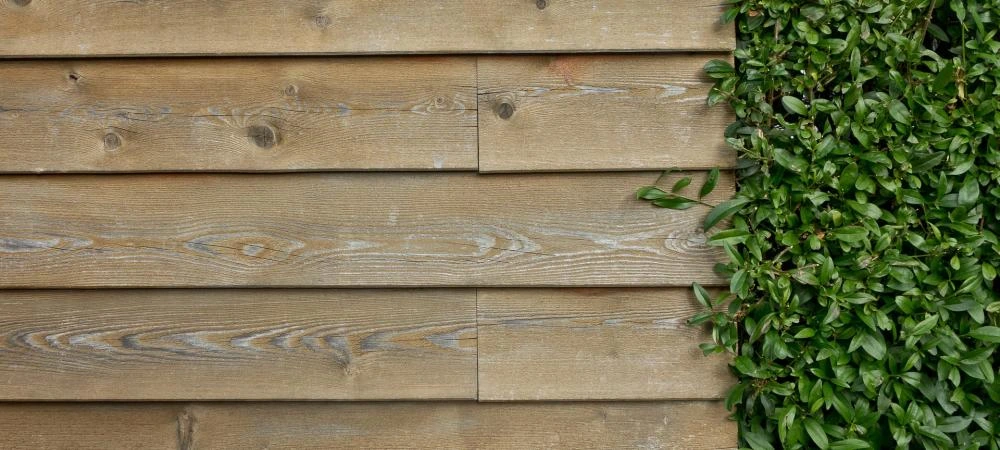We already know we don't want termites in our house—but what happens if they make their way in? Is termite extermination expensive? The average cost of termite treatment varies on the type of termite and how much damage is done, as well as other factors such as the individual pest control company.
Termite Damage Repair
Termites are some of the most destructive pests a home can have. But just exactly how much damage can termites do?
Structural Termite Damage
Termites literally eat away at the structure of your home, and that’s where some of your biggest costs are going to be. The average cost of termite damage repair is $3,000, but that can vary widely depending on the extent of the damage and exactly what they ate.
Cosmetic Termite Damage
In addition to repairing the structure of your home, you may have to do some cosmetic work to hide the damage they did. Termites can create discoloration in the sheetrock, buckling floors, and even peeling paint. Cosmetic termite damage repair usually runs around $7,500, depending on the material that was damaged and what you choose to replace it with. Hardwood floors, for example, are far more expensive to replace than a few loose tiles.
FAQ About Termite Damage Repair Costs
Here are some of the most common questions our exterminators receive about the costs of termite damage.
How Much Does Termite Damage Repair Cost?
The average cost of termite damage repair is $3,000, but that can vary widely depending on the extent of the damage and the size of the affected area. In general, termite damage repair costs can range from a few hundred dollars for minor damage to several thousand dollars for more severe infestations.
How Do I Know If I Have Termite Damage?
You can look for the following signs to determine if you have termite damage:
- Hollow-sounding wood: Tap on wooden structures, and if they sound hollow, it could indicate termite damage.
- Discarded wings: Finding discarded termite wings near windowsills or doors is a sign of a termite swarm.
- Mud tubes: Subterranean termites build mud tubes on walls or foundations to reach their food sources. These look like thin lines of dirt that snake up a wall, usually in the basement. They do this because the open air is too dry for them.
- Frass (termite droppings): Piles of very small, wood-colored pellets near termite-infested areas.
- Sagging floors or ceilings: Termite damage weakens structures, leading to sagging or uneven surfaces. Floorboards may feel ‘spongy’ when stepped on.
- Tight-fitting doors or windows: Swollen or distorted doors and windows may indicate termite activity.
- Wood damage that contains soil: Termites will typically bring soil from the ground into the galleries they create when consuming wood. Just like with mud tubes, this is a method they use to create a closed environment, thus conserving moisture.
If you suspect termite damage, it's crucial to consult a professional termite exterminator at Ransford Pest Control. Our local experts will recommend the appropriate measures.

